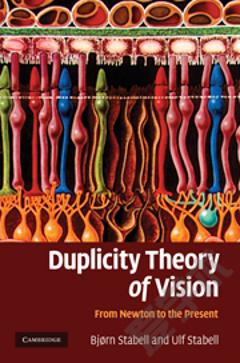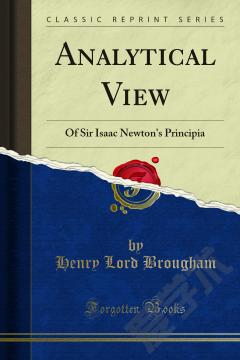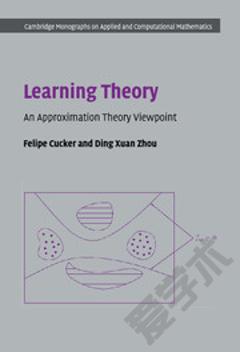Duplicity Theory of Vision: From Newton to the Present
The duplicity theory of vision concerns the comparisons (both differences and similarities) and interaction between the cone and rod systems in the visual pathways, with the assumption that the cone system is active during daylight vision and the rod system functions in low light (night time). Research on this aspect of vision dates back to the 17th century and the work of Newton, and is still ongoing today. This book describes the origin and development of this fundamental theory within vision research - whilst also examining the YoungâHelmholtz trichromatic colour theory, and the opponent colour theory of Hering - and presents evidence and ideas in light of modern conceptions of the theory. Written for academic researchers and graduate students, the book brings back knowledge of the tradition of duplicity theory, inspiring questions related to anatomy, comparative biology, molecular biology, photochemistry, physiology, genetics, phylogenetics and psychophysics.
{{comment.content}}








 京公网安备 11010802027623号
京公网安备 11010802027623号